How to Teach Kids Another Language
Did you know that bilingual people are more likely to be better multitaskers and problem solvers than those who are monolingual? If that’s not a good enough reason to start teaching your child another language then listen to this; bilingual learning has been proven to slow down dementia/Altziemers.
Anyway, you can see I’ve done plenty of research into why you should teach a child another language but below is HOW to teach them. Firstly, I’m bilingual. I speak both Russian and English and have lived in many parts of the world, from Russia to Israel, and have ended up near London, UK. I became a mum last year (in lockdown) and since then have taken on bilingual teaching as a passion, for I’d love my son to at least have a basic understanding of Russian. So here’s my story and my experience of how I do it…
How to Teach Kids Another Language. Lets begin!
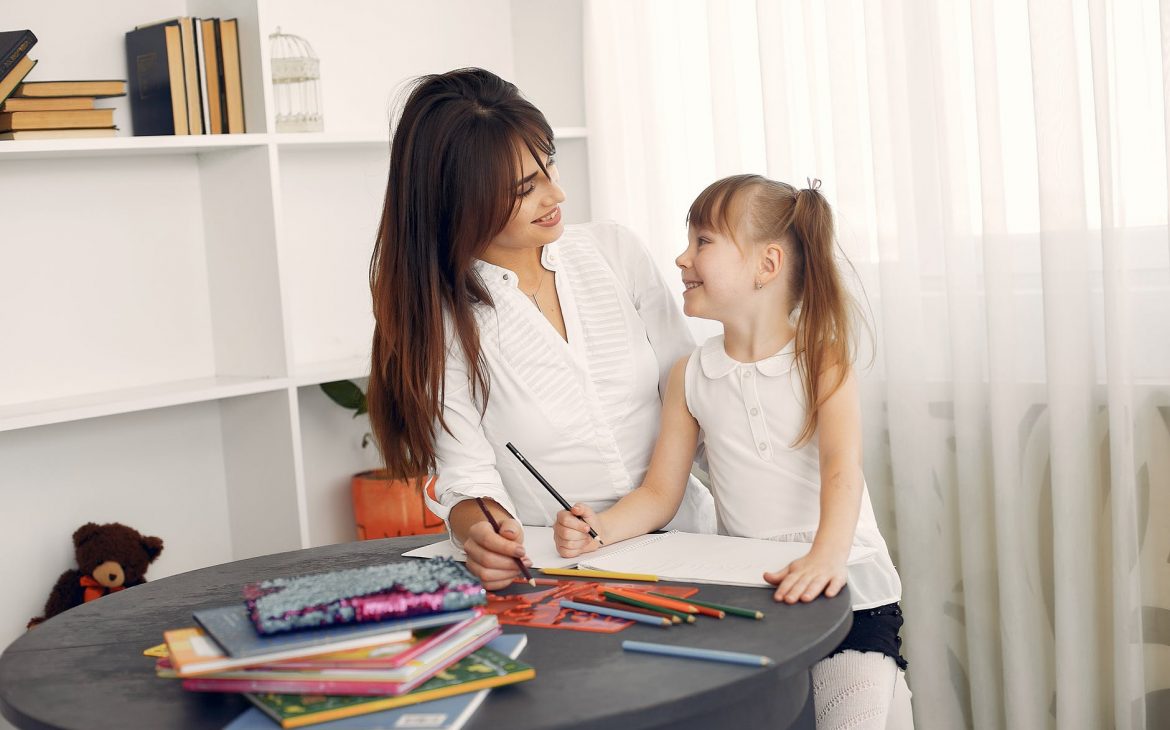
Decide Who Will Teach the Language
There are a few ways to teach a second language. First, and this is the way I was brought up to know Russian no matter what part of the world I was in, and that’s where the whole family speaks the second language. So, in Israel, my family spoke Russian, and in England, my family spoke Russian. I remember being told more than a few times by my dad to speak in Russian at home to my sister because we found (and still find) speaking English a lot easier.
This isn’t always manageable though because some families don’t always speak that second language. Take our family for example, my husband doesn’t speak Russian so we can’t have the rule of only speaking in Russian at home.
That’s why we use the second way, that’s when 1 person teaches 1 language. So, my son will speak only Russian to me whilst speaking English to his dad. Be aware though that this one can be difficult as the kids grow older because you have to remember to speak back to them in ONLY that language you’re trying to teach them or even go further and ignore them UNTIL they start talking to you in the ‘correct’ language.
The third way to teach kids another language is by having a certain place, room or time that they have to speak it, read it and so on. The main thing to remember for all three ways of teaching though, is that INTERACTING through play, reading and role play at an early age is the best way to teach another language.
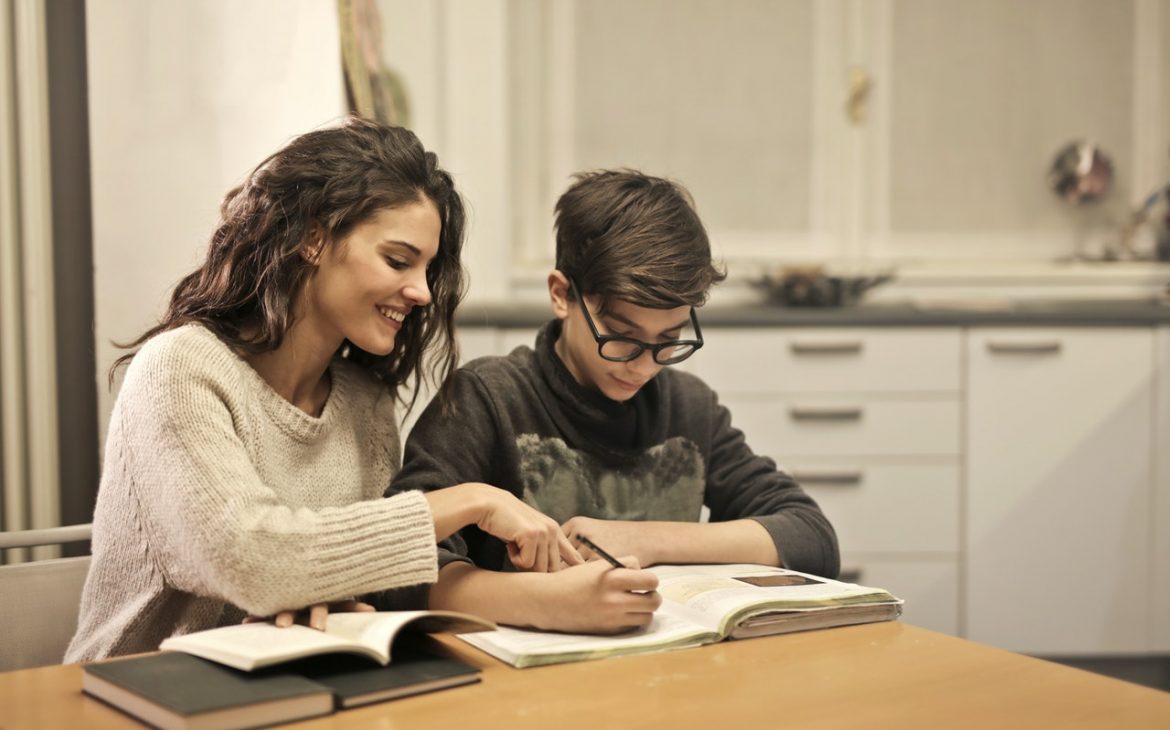
Use Books
I have plenty of Russian books that only I, my sister or parents can read to him (for his dad is English!) but it’s not just about who reads it but about repeating sounds of that language, that’s why poems and kids rhymes are perfect for learning any language.
Picture books and interactive books are some of our favourites. My boy is 13 months old and he’s loving pairing animals’ sounds with their pictures (whilst I repeat the animal name in Russian.)
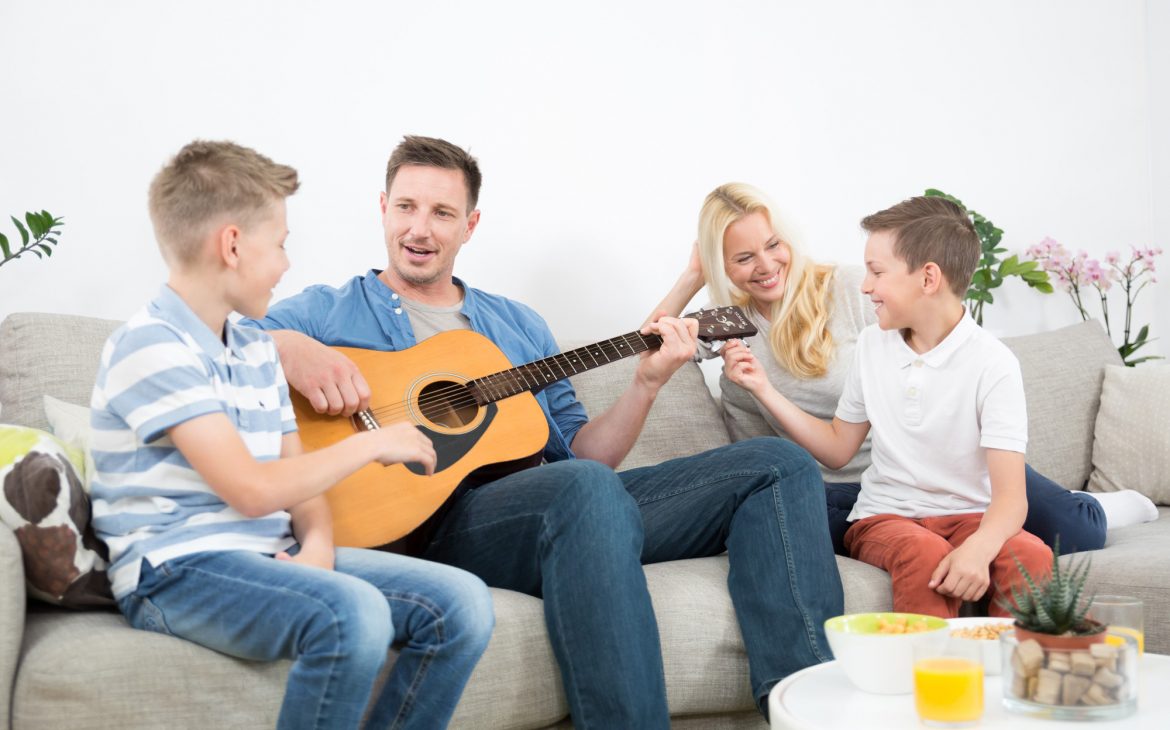
Sing Together
Have you ever experienced watching a movie but only remember the sounds rather than what was said? It’s because music and sounds tend to get remembered easier so songs and rhymes work perfectly for teaching another language.
Singing in the language you’re trying to teach is also useful to help your kids differentiate and recognise the sounds within it. For example, Russian has 6 additional letters (compared to English that has 26) which means they make extra sounds that can’t ordinarily be heard by the British. Singing helps expose my baby boy to those sounds and no doubt will help him recognise the difference between them as he grows up.
Partner the sounds with motions early on and watch your babies copy and repeat around that 9/10 month mark. There are plenty of traditional rhymes with motions in English for example, such as Itsy Bitsy Spider or Twinkle Little Star. Plus, it’s super cute!
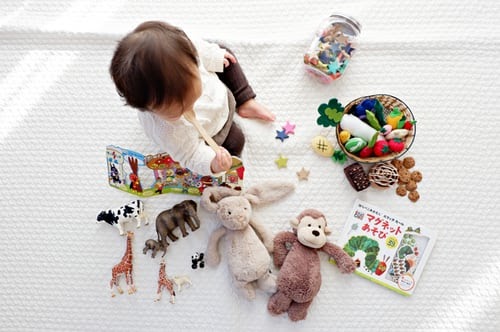
Toys
Teaching your baby through play is the ideal way of doing it, says research. Toys help with this so much because they could be of anything, such as animals or fruit, vegetables, blocks, vehicles and so on. They work similarly to books but toys you can touch, throw, chew (arguably you can do this with books but it’s not advisable haha) mainly though, they’re 3D and can be used in role play. I personally love seeing my baby boy interacting with another ‘entity’; hugging dolls, swooshing a plane and poking a mouse each time I say mouse in Russian (maeshka.)
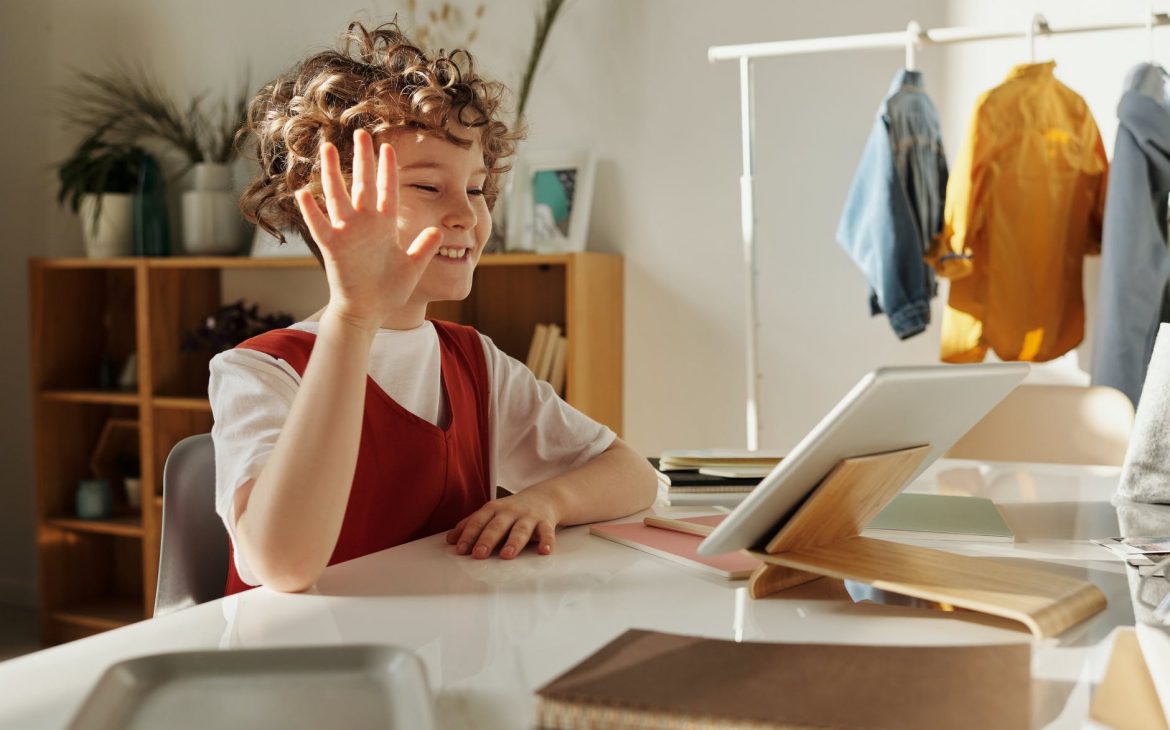
TV
This one is probably controversial but I think it’s important. My child doesn’t watch much TV but when he does, it’s of Russian cartoons. Similarly to learning through song, they get to recognise the different sounds in the language. The other thing I have found is that there are many more words used on TV that I either forgot (for I left Russia when I was 1 and have only learnt the language through my family) or didn’t know at all. It’s no coincidence that I met international students in my University days that said they learnt English through watching the series Friends!
A mixture of the above tactics, or in fact, all of the above at some point of teaching are needed to encourage language learning. I hope these help you in your bilingual/multilingual journey. Follow our journey over on the blog or click for my YouTube channel – Alina Ghost.
Want to know more? See how I do it with my baby boy via the video below. Subscribe!
Alina Ghost is a working mum living in Essex, UK with Russian roots. She was born in Russia and grew up in Israel but since the age of 8 she has lived in London. Now she is determined to teach her 1 year old son, Aidan, both English and Russian and started documenting their journey at the end of last year. This article is how she teaches her own child a second language
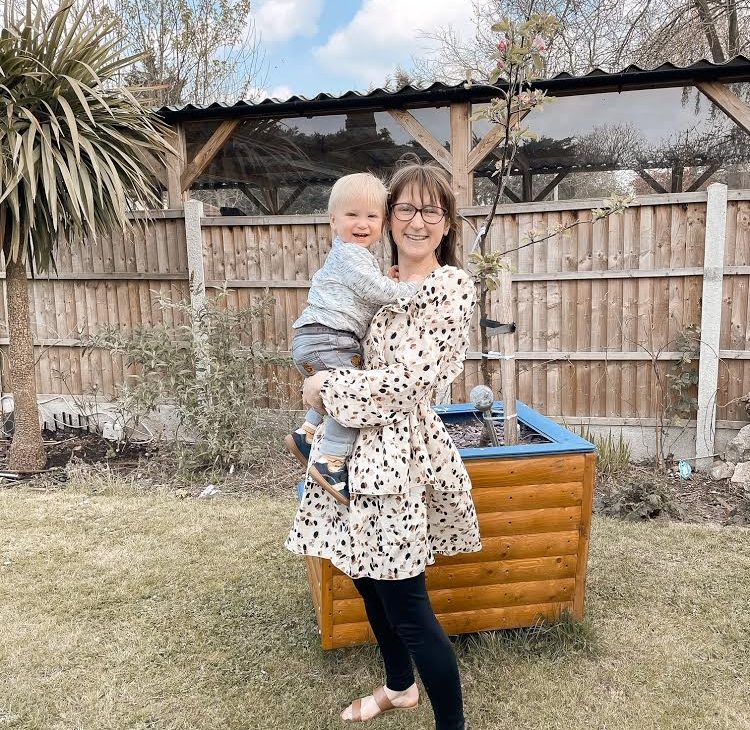
More excellent parenting tips HERE



































































































































































































































































